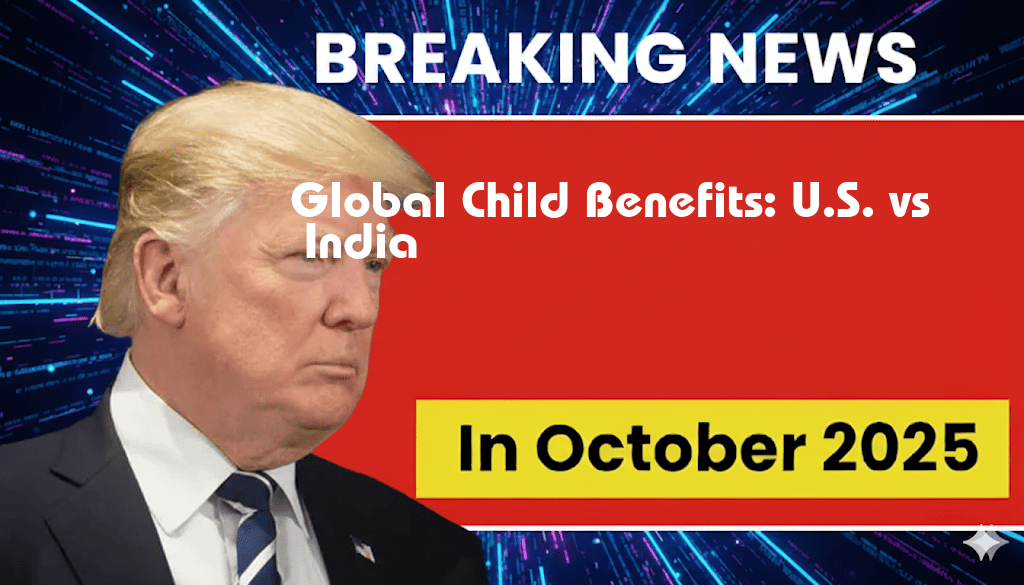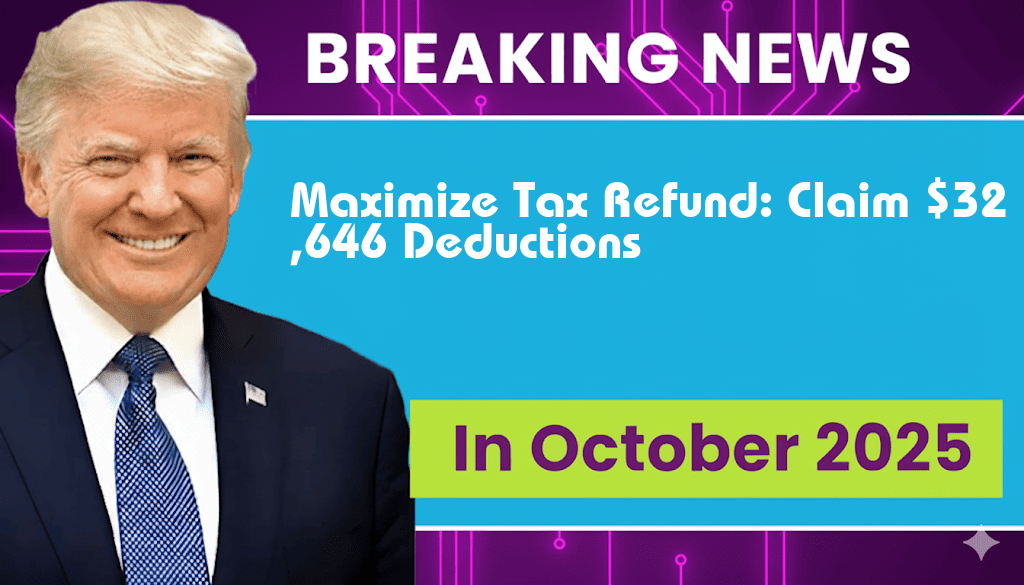

Examining Child Benefit Programs in the U.S. and India
The landscape of child benefits varies significantly between countries, with the United States and India providing contrasting models. In the U.S., a child tax credit of up to $2,200 is available for qualifying families, while in India, the government offers child-related financial support totaling around ₹1,65,000 per child annually. These benefits aim to alleviate the financial burdens on families and promote child welfare but reflect different economic conditions, cultural values, and fiscal policies. This article delves into the specifics of each program, the eligibility criteria, and the implications for families in both nations.
Child Tax Credit in the United States
The U.S. child tax credit is designed to provide financial assistance to families with dependent children. Under the American Rescue Plan, the credit was temporarily increased, allowing families to claim up to $3,600 for children under six and $3,000 for older children. However, the standard credit reverts to its previous amount of $2,200 for the tax year 2023.
Eligibility Criteria
- Families must have an adjusted gross income below certain thresholds, typically $200,000 for single filers and $400,000 for joint filers.
- Children must be under the age of 17 at the end of the tax year.
- The credit is partially refundable, meaning families may receive some funds even if they owe no taxes.
Impact on Families
The child tax credit is intended to reduce poverty and support low- to middle-income families. Research indicates that the program has been effective in improving living standards and educational outcomes for children. According to a report from the Center on Budget and Policy Priorities, the expanded credit has lifted millions of children out of poverty.
Child Benefits in India
In contrast, India’s approach to child benefits is multifaceted, encompassing direct cash transfers, education incentives, and health care subsidies. The annual benefit often cited is approximately ₹1,65,000, which can encompass various schemes, including the PM-KISAN scheme, mid-day meal programs, and direct cash transfers to families.
Eligibility Criteria
- Income eligibility varies by state and scheme, targeting primarily low-income families.
- Benefits are often contingent upon fulfilling certain health and education requirements, such as regular school attendance and immunization.
Impact on Families
The Indian government’s child benefit initiatives aim to improve health, nutrition, and educational outcomes. A study published in ResearchGate highlights the success of these programs in reducing malnutrition and improving school enrollment rates among disadvantaged communities.
Comparative Analysis
| Feature | United States | India |
|---|---|---|
| Annual Benefit | $2,200 | ₹1,65,000 |
| Eligibility Criteria | Income-based, children under 17 | Income-based, various state-specific conditions |
| Refundable Credit | Partial refund available | No direct cash refunds |
| Focus Areas | Tax relief for families | Health, education, and nutrition |
Conclusion
The child benefit systems in the U.S. and India highlight differing approaches to supporting families. While the U.S. program focuses on providing tax relief, India’s multifaceted schemes aim to address broader social issues such as malnutrition and access to education. As these nations continue to evolve their policies, the effectiveness of these programs will likely remain a pivotal area of study for policymakers and economists alike.
Frequently Asked Questions
What is the amount of child benefits in the U.S.?
The child benefit in the U.S. is a $2,200 credit per eligible child.
How much child benefit do families receive in India?
In India, families are eligible for a child benefit of ₹1,65,000 per child.
How do the child benefits in the U.S. and India compare?
The child benefit in the U.S. is $2,200, while in India it amounts to ₹1,65,000, highlighting significant differences in the support provided to families in each country.
Are there any additional benefits associated with child support in these countries?
Yes, both the U.S. and India may offer additional programs and benefits aimed at supporting families, but the specifics can vary widely based on local policies.
What factors influence the amount of child benefits in different countries?
The amount of child benefits is influenced by various factors, including economic conditions, government policies, and social welfare programs in each country.





